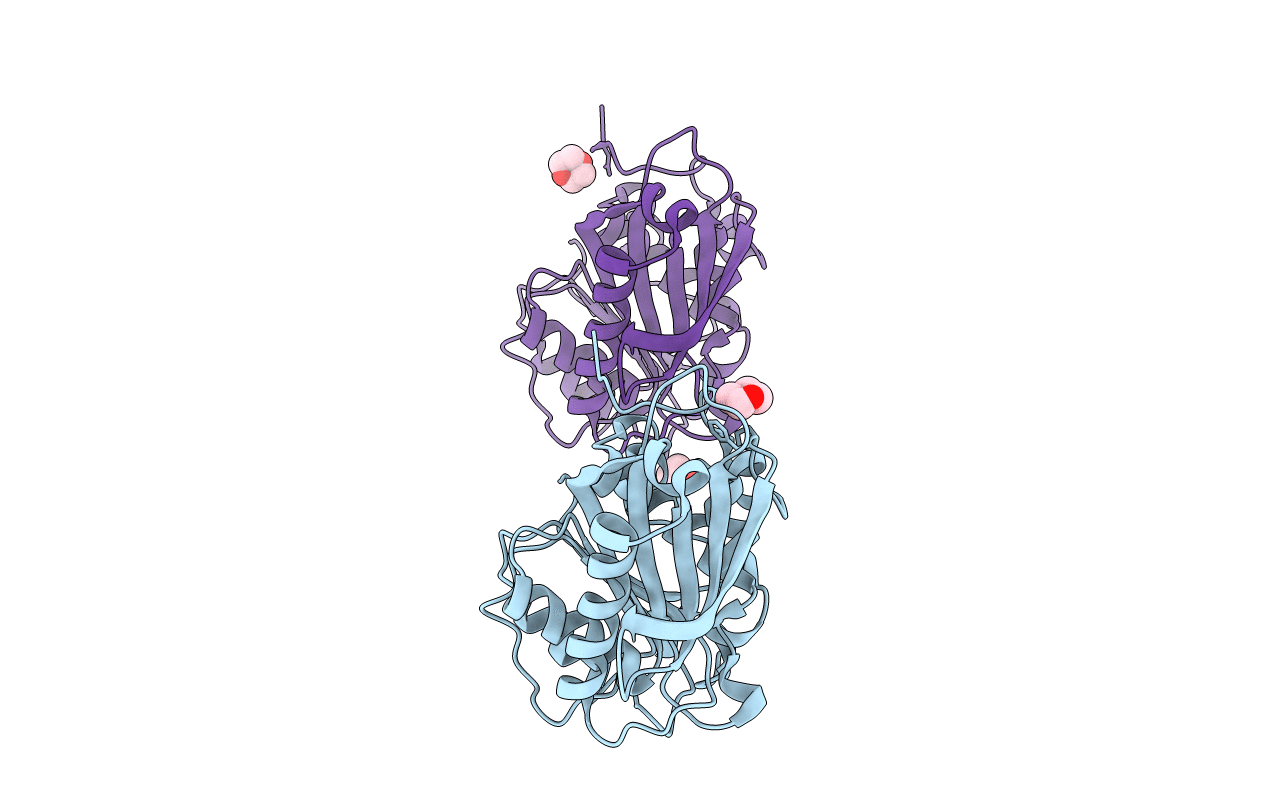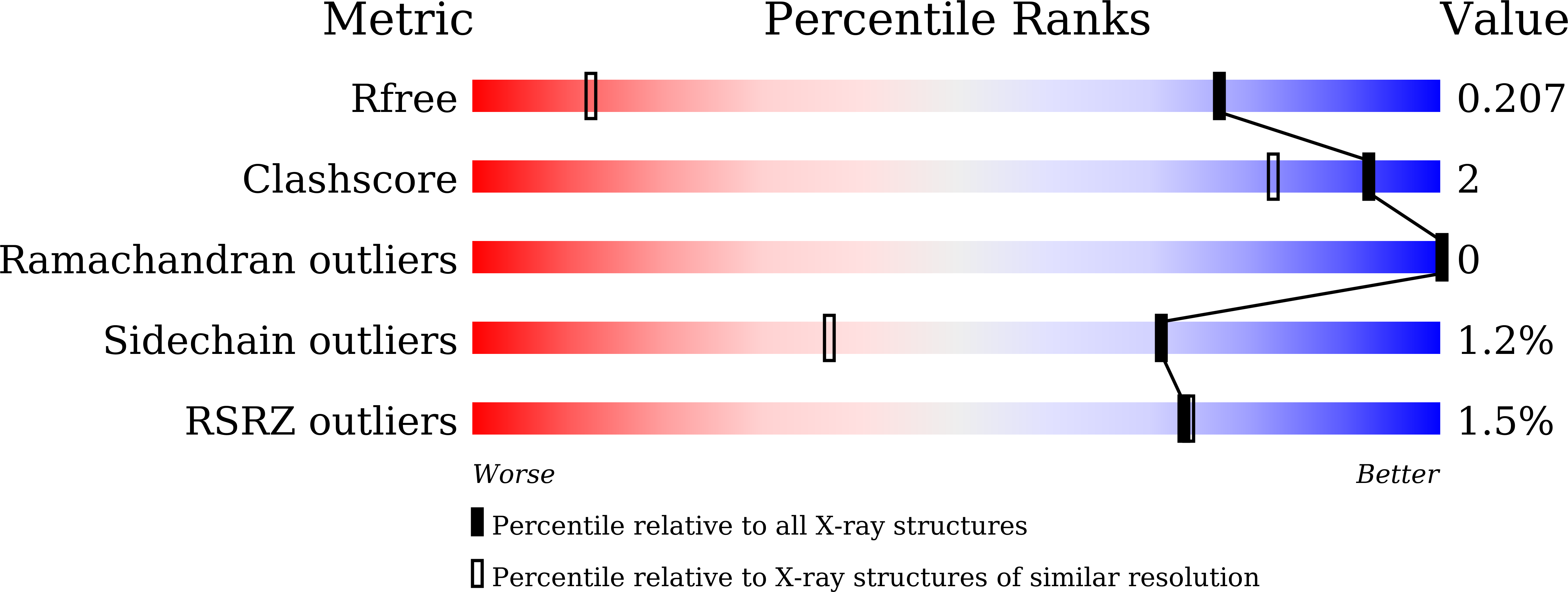
Deposition Date
2020-08-20
Release Date
2021-02-03
Last Version Date
2024-11-13
Entry Detail
PDB ID:
7CTR
Keywords:
Title:
Closed form of PET-degrading cutinase Cut190 with thermostability-improving mutations of S226P/R228S/Q138A/D250C-E296C/Q123H/N202H
Biological Source:
Source Organism:
Saccharomonospora viridis (Taxon ID: 1852)
Host Organism:
Method Details:
Experimental Method:
Resolution:
1.20 Å
R-Value Free:
0.20
R-Value Work:
0.17
R-Value Observed:
0.18
Space Group:
P 21 21 21


